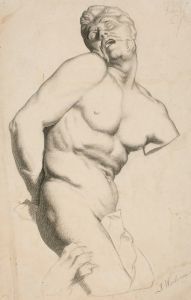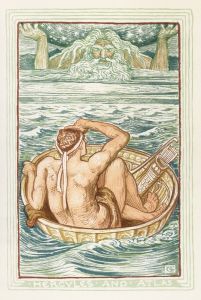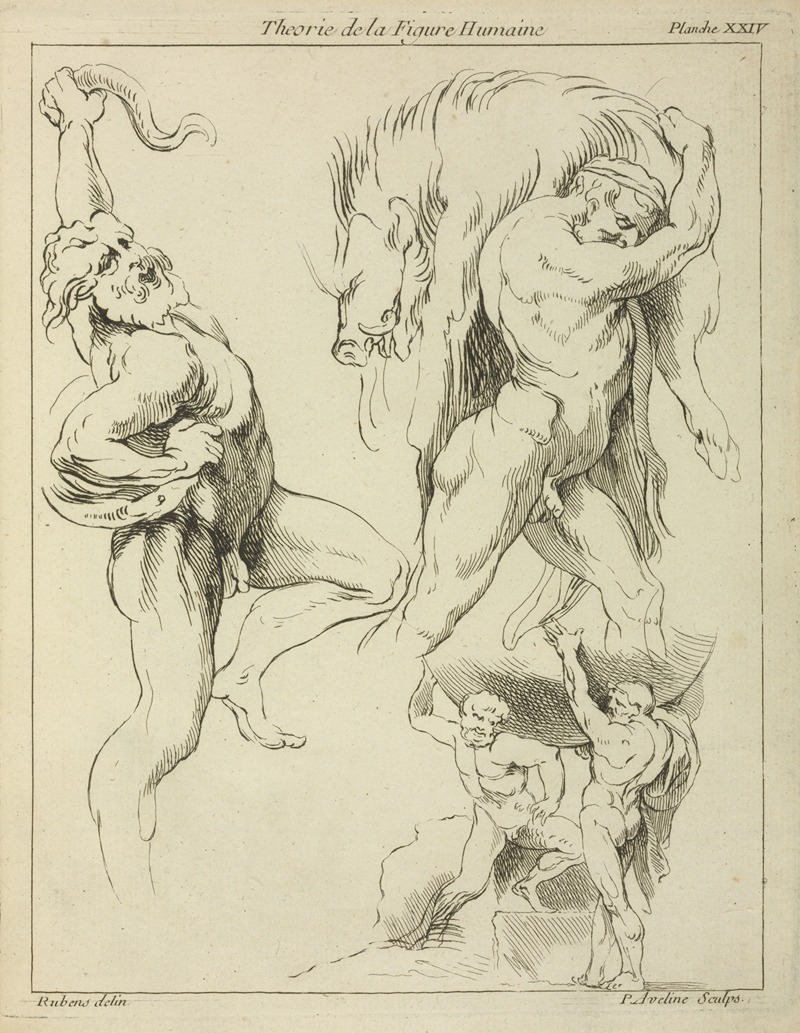
Four studies of figures; one wrestling with a snake, one lifting a dead boar, and two ‘Atlas’ figures lifting a globe
A hand-painted replica of Peter Paul Rubens’s masterpiece Four studies of figures; one wrestling with a snake, one lifting a dead boar, and two ‘Atlas’ figures lifting a globe, meticulously crafted by professional artists to capture the true essence of the original. Each piece is created with museum-quality canvas and rare mineral pigments, carefully painted by experienced artists with delicate brushstrokes and rich, layered colors to perfectly recreate the texture of the original artwork. Unlike machine-printed reproductions, this hand-painted version brings the painting to life, infused with the artist’s emotions and skill in every stroke. Whether for personal collection or home decoration, it instantly elevates the artistic atmosphere of any space.
Peter Paul Rubens, a prominent Flemish Baroque painter, is known for his dynamic compositions, dramatic use of movement, and masterful depiction of the human form. One of his works, Four Studies of Figures; One Wrestling with a Snake, One Lifting a Dead Boar, and Two ‘Atlas’ Figures Lifting a Globe, is a preparatory study that showcases his exceptional skill in anatomical rendering and his interest in mythological and allegorical themes.
This artwork is a study rather than a finished painting, created as part of Rubens' process of developing larger compositions. The piece consists of four distinct figures, each engaged in a physically demanding action. The first figure wrestles with a snake, a motif often associated with themes of struggle and triumph. The second figure is depicted lifting a dead boar, a subject that may reference hunting scenes or mythological narratives. The remaining two figures are shown as "Atlas" figures, straining under the weight of a globe, evoking the myth of Atlas from Greek mythology, who was condemned to hold up the heavens.
Rubens' studies were typically executed in preparation for larger works, and they often served as a means to explore poses, musculature, and the interplay of light and shadow. This particular study demonstrates his deep understanding of human anatomy and his ability to convey tension and movement through the human body. The figures are rendered with a sense of vitality and energy, characteristic of Rubens' style.
The medium of the work is believed to be oil on paper or oil on panel, a common technique Rubens employed for his preparatory studies. These studies were often kept in his workshop and used as references for his assistants or for future projects. The exact date of creation for this study is not definitively known, but it likely falls within the early to mid-17th century, during the height of Rubens' career.
The current location of this study is not specified in widely available records, but many of Rubens' preparatory works are housed in major art institutions or private collections. As with much of Rubens' oeuvre, this study reflects his fascination with classical mythology and his ability to translate complex narratives into compelling visual forms.
This work exemplifies Rubens' mastery of the Baroque aesthetic, emphasizing movement, drama, and the physicality of the human figure. While it is not a finished painting, it provides valuable insight into the artist's creative process and his approach to composition and storytelling.





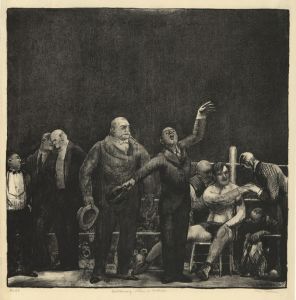


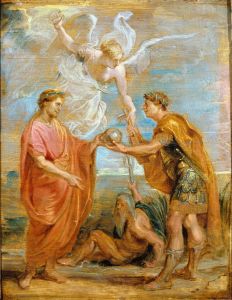
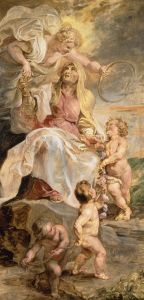
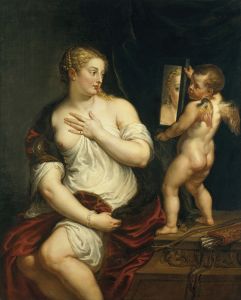
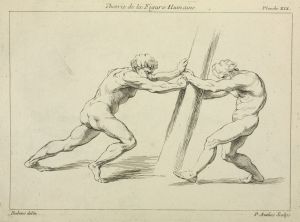
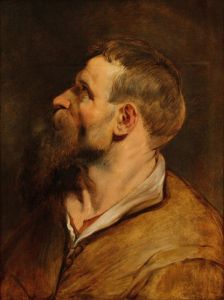
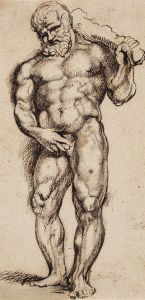
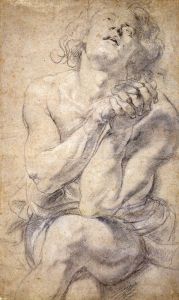
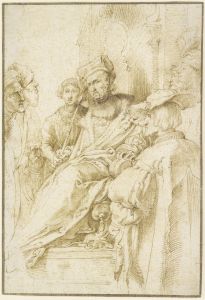
![Graphic designs for Fortune magazine.] [Study for cover with large telephone lines superimposed over the globe](/imgs/249254/s/winold-reiss-graphic-designs-for-fortune-magazine-study-for-cover-with-large-telephone-lines-superimposed-over-the-globe-2de5efe.jpg)
